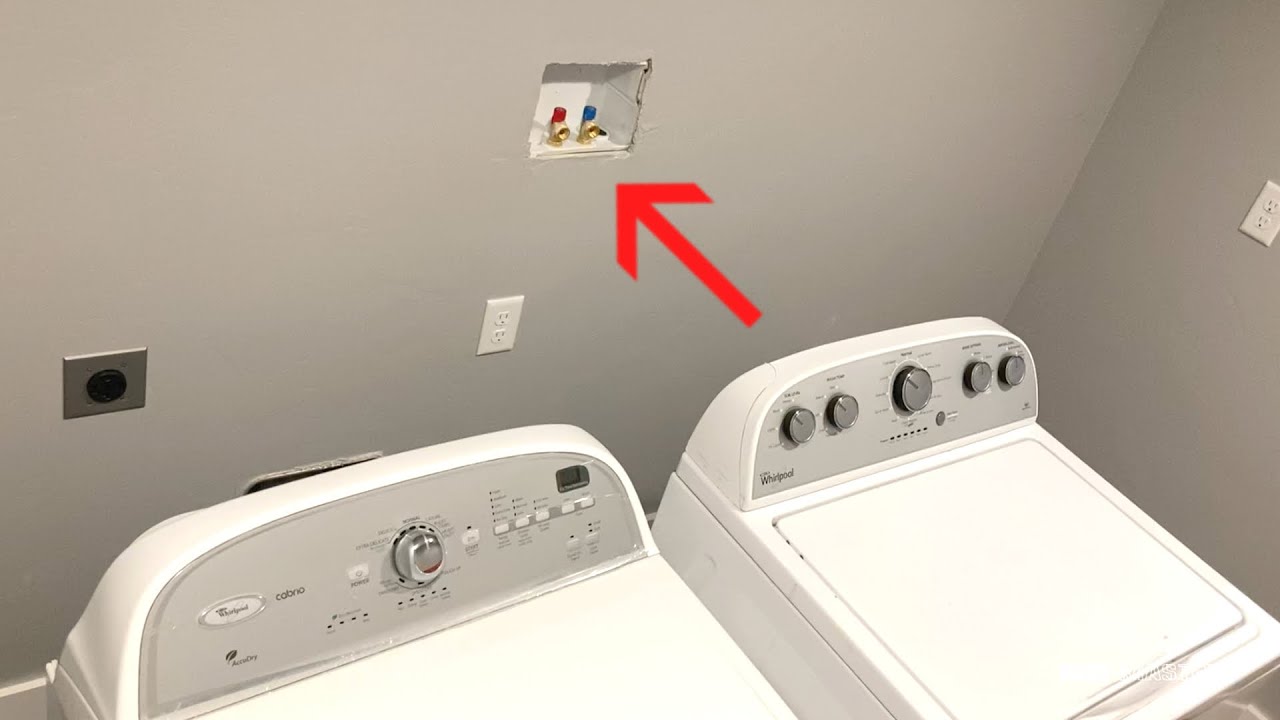

Articles
What Does Washer Dryer Hookup Mean
Modified: August 28, 2024
Discover the meaning of washer dryer hookup and get valuable articles on how to install, use, and troubleshoot this essential laundry appliance connection.
(Many of the links in this article redirect to a specific reviewed product. Your purchase of these products through affiliate links helps to generate commission for Storables.com, at no extra cost. Learn more)
Introduction
Having a washer and dryer at home is a convenient and time-saving way to tackle your laundry needs. But what does ‘washer dryer hookup’ mean? If you are new to the world of laundry appliances or are considering upgrading your current setup, understanding washer dryer hookups is essential.
A washer dryer hookup refers to the connection point where you can install and connect your washer and dryer units. It includes the necessary plumbing and electrical connections that allow the appliances to function properly. This hookup is typically located in a designated laundry area, such as a laundry room or closet.
Having a washer dryer hookup means you can easily install and use a washing machine and a dryer in your home without the need for complex installation processes. This setup eliminates the hassle of lugging your laundry to a laundromat or relying on shared laundry facilities in an apartment building.
In this article, we will explore the different types of washer dryer hookups, learn how to install them, troubleshoot common issues, and weigh the pros and cons to help you make an informed decision.
So, if you are ready to dive into the world of washer dryer hookups, let’s get started!
Key Takeaways:
- Understanding the components and types of washer dryer hookups is crucial for a seamless installation and efficient laundry routine at home. From water supply to drainage, and from side-by-side to all-in-one hookups, knowing the basics is key.
- While washer dryer hookups offer convenience and cost savings, it’s important to weigh the pros and cons, considering factors such as upfront costs, space limitations, and maintenance responsibilities. Making an informed decision based on your specific needs and lifestyle is essential.
Read more: How Much To Install Washer And Dryer Hookups
Understanding Washer Dryer Hookups
Before we delve into the types of washer dryer hookups and how to install them, let’s first understand the components and functionality of these hookups.
At its core, a washer dryer hookup consists of two main elements: water supply and drainage. The water supply allows the washing machine to fill with water for washing, while the drainage system ensures the proper disposal of wastewater. Additionally, washer dryer hookups also require an electrical connection to power both the washer and dryer units.
The water supply for a washer dryer hookup is typically connected to your home’s water lines. The hot and cold water valves are responsible for delivering the appropriate water temperature for your washing machine. These valves are often located behind the washer unit or in a nearby utility closet.
When it comes to drainage, the washer is equipped with a discharge hose that carries the used water and detergent from the machine and directs it into a drain pipe or a laundry sink. It’s crucial to ensure that the drainage system is properly connected and free of any clogs to prevent water backup or potential damage to the washer.
The electrical connection for a washer dryer hookup is essential for powering both the washer and dryer units. Most washers and dryers require a dedicated electrical circuit to prevent overloading the system. It’s important to consult the manufacturer’s guidelines or hire a professional electrician to ensure the correct installation and wiring.
Understanding these fundamental components of a washer dryer hookup will not only help you during installation but also enable you to troubleshoot any potential issues in the future.
Now that we have a clear understanding of washer dryer hookups, let’s explore the different types available.
Types of Washer Dryer Hookups
When it comes to washer dryer hookups, there are a few different types to consider based on your specific needs and the layout of your home. Let’s take a look at the most common types:
- Side-by-Side Hookups: Side-by-side hookups are the most traditional setup, with the washer and dryer placed next to each other. This arrangement allows for easy access to both appliances and is suitable for laundry rooms or areas with ample space.
- Stackable Hookups: Stackable hookups are ideal for homes with limited space. In this setup, the washer and dryer are stacked on top of each other, conserving valuable floor space. Stackable units are typically designed to fit in smaller laundry closets or compact laundry areas.
- All-in-One Hookups: As the name suggests, all-in-one hookups combine the washer and dryer into a single unit. This setup is ideal for compact living spaces, such as apartments or small homes, where having separate machines might not be feasible. All-in-one units perform both washing and drying functions in a single cycle.
- Laundry Center Hookups: A laundry center hookup features a washer and dryer combination unit, similar to stackable hookups. However, in a laundry center, the washer and dryer are enclosed in a single unit, with the dryer located above the washer. Laundry centers are often found in apartments or shared laundry facilities.
Each type of washer dryer hookup has its own advantages and considerations. Before making a decision, evaluate your space limitations, budget, and specific laundry needs to choose the most suitable option for your home.
Now that we have explored the different types of washer dryer hookups, let’s move on to the installation process.
How to Install a Washer Dryer Hookup
Installing a washer dryer hookup may seem like a daunting task, but with the right tools and a little know-how, you can accomplish it successfully. Here are the general steps to guide you through the installation process:
- Choose the location: Determine the best location for your washer and dryer hookup. Consider factors such as plumbing access, electrical outlets, and ventilation requirements.
- Prepare the space: Clear the area where you plan to install the hookups. Remove any existing appliances, shelves, or cabinets that may obstruct the installation process.
- Install the water supply: Connect the water supply hoses to the appropriate water valves. Ensure a secure and leak-free connection. Make sure to connect the hot water hose to the hot water valve and the cold water hose to the cold water valve.
- Set up the drainage system: Determine the appropriate drainage route for the washer. Connect the washer’s discharge hose to a nearby drain pipe or laundry sink. Ensure that the drainage system is properly secured and free of any clogs or blockages.
- Connect the electrical power: Follow the manufacturer’s guidelines or consult a professional electrician to properly connect the electrical power for both the washer and dryer units. Ensure that you have a dedicated circuit for the laundry appliances to prevent overloading the system.
- Ventilation: If you have a dryer, make sure it is properly vented to allow for the release of hot air and moisture. Install a dryer vent hose that directs the air outside the house to prevent condensation and potential damage to the surrounding area.
- Test and troubleshoot: Once the hookups are installed, conduct a test run to ensure everything is functioning properly. Check for any leaks, irregularities, or issues with the water supply, drainage, or electrical connections. Troubleshoot and fix any problems that may arise.
It’s important to note that while these steps provide a general guideline, the specific installation process may vary depending on your washer and dryer models, as well as local building codes and regulations. It’s always recommended to consult the manufacturer’s instructions or seek professional assistance if you are unsure about any aspect of the installation.
With the washer dryer hookup successfully installed, you can now enjoy the convenience of doing laundry in the comfort of your own home!
Troubleshooting Washer Dryer Hookups
While washer dryer hookups are generally reliable, occasional issues may arise that require troubleshooting. Here are some common problems you may encounter and how to address them:
- Leaking water: If you notice water leaking from your washer or dryer hookup, check the water supply hoses for any cracks or loose connections. Tighten the connections or replace the hoses if necessary. Additionally, inspect the drainage system for any clogs or leaks.
- Inadequate water flow: If your washing machine doesn’t seem to be filling with enough water, check if the water supply valves are fully open. If they are, the issue may lie with clogged filters within the water inlet hoses. Clean or replace the filters to improve water flow.
- Poor drainage: If your washer is not draining properly, ensure that the drainage hose is not kinked or clogged. Check for any obstructions in the drain pipe or laundry sink. Clear any debris or blockages and ensure that the hose is securely connected.
- No power to the units: If your washer or dryer is not powering on, check if the electrical outlets are functioning correctly. Reset any tripped circuit breakers or replace blown fuses. Verify that the units are properly connected to the electrical supply and that the power cords are not damaged.
- Excessive noise or vibration: If your washer or dryer is making unusual noises or vibrating excessively, make sure they are level and stable. Adjust the feet or use a leveling tool to ensure proper balance. Excessive noise may also indicate an issue with the motor, drum, or other internal components. In such cases, professional inspection may be necessary.
- Inaccurate drying or washing: If your dryer is not drying clothes efficiently or your washer is not cleaning clothes properly, check if the lint screen in the dryer is clean and free of lint buildup. For the washer, ensure that you are using the appropriate amount of detergent and following the manufacturer’s instructions for load capacity.
Remember, troubleshooting a washer dryer hookup requires patience and careful observation. If you encounter persistent issues or if the problems seem beyond your expertise, it is advisable to consult a professional repair technician.
By addressing common problems promptly and effectively, you can ensure that your washer and dryer hookup continues to function smoothly and efficiently.
Washer dryer hookup means the necessary connections (water, drainage, and electrical) are in place for a washer and dryer to be installed and used. Make sure to check the compatibility of the appliances with the hookup before purchasing.
Common Issues with Washer Dryer Hookups
While washer dryer hookups provide convenience and ease of use, they can encounter some common issues. Being aware of these problems can help you address them promptly and minimize any disruptions to your laundry routine. Here are some common issues you may face with washer dryer hookups:
- Water leakage: One of the most common issues with washer dryer hookups is water leakage. This can occur due to loose or damaged water supply hoses, worn-out gaskets, or improper installation. Regularly check the hoses and connections for any signs of leakage and address them promptly to prevent water damage.
- Drainage problems: Another common issue is inadequate or improper drainage. Clogged or kinked drainage hoses, blocked drain pipes, or faulty drain pumps can cause water to back up or not drain properly. Inspect and clear any obstructions in the drainage system to ensure smooth water flow.
- Electrical malfunctions: Electrical issues can occur in washer dryer hookups, resulting in power failures, tripping circuit breakers, or malfunctioning controls. Faulty wiring, damaged power cords, or overloaded circuits can be the culprits. If you experience any electrical problems, consult a professional electrician for proper diagnosis and repair.
- Excessive noise or vibration: Washers and dryers can sometimes produce excessive noise or vibration during operation. This may be due to an unbalanced load, uneven flooring, or loose or worn-out components. Ensure that the units are level and stable, and distribute the laundry evenly inside the drum to minimize noise and vibration.
- Lint buildup: Dryers are susceptible to lint buildup, which can affect their drying efficiency and pose a fire hazard. Clean the lint screen after each use and periodically check and clean the dryer vent hose and duct to prevent lint accumulation. Proper airflow is crucial for optimal dryer performance.
- Foul odors: Over time, mold, mildew, or musty smells can develop in washer dryer hookups, particularly in the rubber gaskets and detergent compartments. Regularly clean and disinfect these areas to eliminate unpleasant odors and maintain a fresh-smelling laundry environment.
Remember, prevention is key to avoiding common issues with washer dryer hookups. Perform routine maintenance, follow manufacturer’s guidelines for usage and care, and address any problems promptly to extend the lifespan and efficiency of your appliances.
If you encounter persistent or complex issues, it’s recommended to consult a professional technician who specializes in washer dryer repairs. They have the expertise and tools to diagnose and fix problems efficiently, ensuring your washer dryer hookup operates smoothly.
Pros and Cons of Washer Dryer Hookups
When considering installing a washer dryer hookup in your home, it is important to weigh the pros and cons to make an informed decision. Here are some of the advantages and disadvantages of having a washer dryer hookup:
Pros:
- Convenience: One of the significant benefits of having a washer dryer hookup is the convenience it provides. You can easily do your laundry at home, saving time and eliminating the need to haul heavy loads to a laundromat or shared laundry facility.
- Cost savings: Over time, having a washer dryer hookup can result in cost savings. Instead of spending money on coin-operated machines or laundry services, you can do your laundry for free in the comfort of your own home.
- Flexibility: With a washer dryer hookup, you have the flexibility to do your laundry whenever it is convenient for you. You are not restricted by shared facility hours or limited access, allowing for greater control over your laundry routine.
- Customization: Having your own washer dryer hookup gives you the freedom to choose the appliances that best suit your needs. You can select models with specific features, load capacities, or energy efficiency ratings, tailoring your laundry experience to your preferences.
- Privacy: Using a washer dryer hookup in your home ensures privacy and eliminates the need to share laundry facilities with others. You can maintain the confidentiality of your personal items and enjoy a more comfortable and private laundry experience.
Cons:
- Upfront costs: Installing a washer dryer hookup can require an initial investment. You may need to purchase the appliances, as well as cover the costs of plumbing and electrical work. However, the long-term cost savings can outweigh the initial expenses.
- Space limitations: Not all homes have ample space to accommodate a washer dryer hookup. If you have limited square footage or lack a dedicated laundry area, you may need to consider alternative options, such as stackable units or compact all-in-one appliances.
- Maintenance responsibilities: With a washer dryer hookup, you are responsible for the maintenance and upkeep of the appliances. This includes regular cleaning, addressing any issues or repairs that may arise, and ensuring proper care to extend the lifespan of your machines.
- Potential water or electrical hazards: Improper installation or maintenance of a washer dryer hookup can pose potential risks of water leaks or electrical hazards. It is crucial to follow safety guidelines, hire professional help if needed, and conduct routine inspections to mitigate these risks.
- Lack of portability: Once a washer dryer hookup is installed, it becomes a permanent fixture in your home. If you plan to move frequently or have limited flexibility in your living situation, it may be more convenient to rely on portable or shared laundry facilities.
Considering the pros and cons of a washer dryer hookup will help you evaluate whether it is the right choice for your lifestyle and home. Assess your specific needs, budget, and available space to make an informed decision that suits your laundry requirements.
Read more: What Does Delicate Mean On A Washer
Conclusion
Washer dryer hookups provide convenience and efficiency for handling your laundry needs within the comfort of your own home. Understanding the components, types, installation process, troubleshooting tips, and pros and cons of these hookups is essential to make informed decisions and ensure their optimal performance.
By having a washer dryer hookup, you can enjoy the convenience of doing laundry at your own pace, saving time and money in the long run. No more struggling with overloaded laundry bags or relying on shared facilities. With your own hookup, you have the flexibility to complete your laundry whenever it suits your schedule.
When it comes to installation, it is important to carefully follow the steps and consider any specific requirements based on the type of hookup you choose. Regular maintenance of your washer and dryer units, as well as prompt troubleshooting of issues, will help maximize their lifespan and efficiency.
While washer dryer hookups offer numerous advantages, it is essential to consider potential downsides such as upfront costs, space limitations, and maintenance responsibilities. Take the time to evaluate your needs, available space, and budget to determine if a washer dryer hookup is the right choice for you.
In conclusion, a washer dryer hookup can greatly enhance the convenience and efficiency of your laundry routine. With the proper installation, maintenance, and troubleshooting, you can enjoy the benefits of clean, fresh-smelling clothes without the hassle of visiting a laundromat or shared laundry facilities.
So, whether you are upgrading an existing hookup or considering a new installation, understanding the ins and outs of washer dryer hookups will guide you towards making the best decision for your home and lifestyle.
Curious about more than just washer dryer hookups? If you're setting up your home, understanding the essentials of a functional laundry room is crucial. Learn all you need about organizing and equipping this space in our detailed guide about laundry rooms. Meanwhile, for DIY enthusiasts, managing your own electrical installations can be rewarding. Check our step-by-step guide on running overhead electrical wire to a garage, perfect for expanding your practical skills and ensuring safety.
Frequently Asked Questions about What Does Washer Dryer Hookup Mean
Was this page helpful?
At Storables.com, we guarantee accurate and reliable information. Our content, validated by Expert Board Contributors, is crafted following stringent Editorial Policies. We're committed to providing you with well-researched, expert-backed insights for all your informational needs.
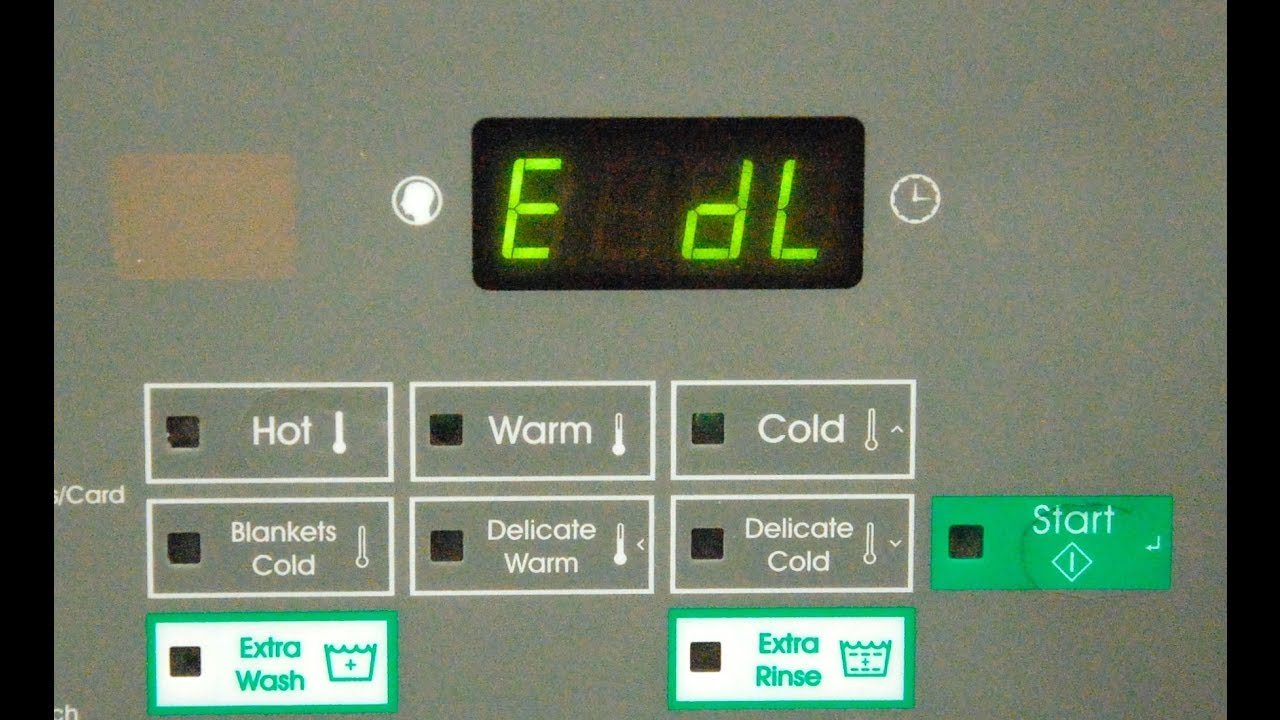
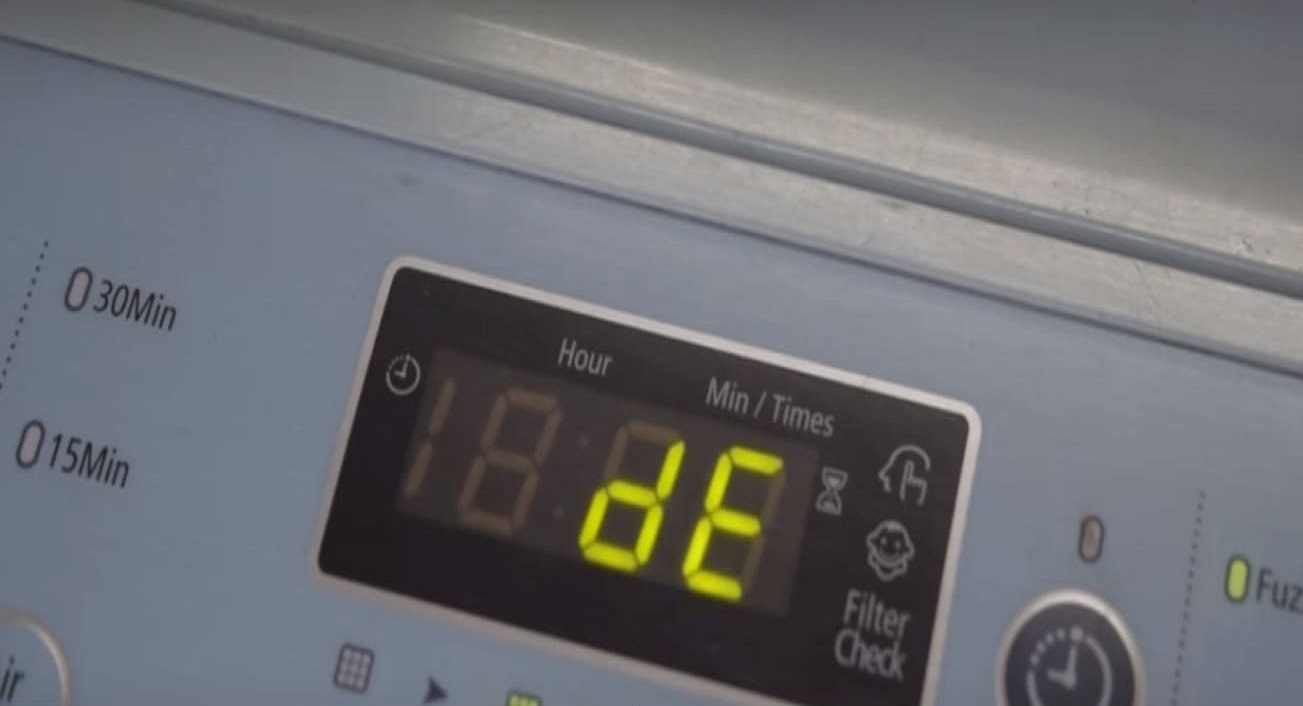
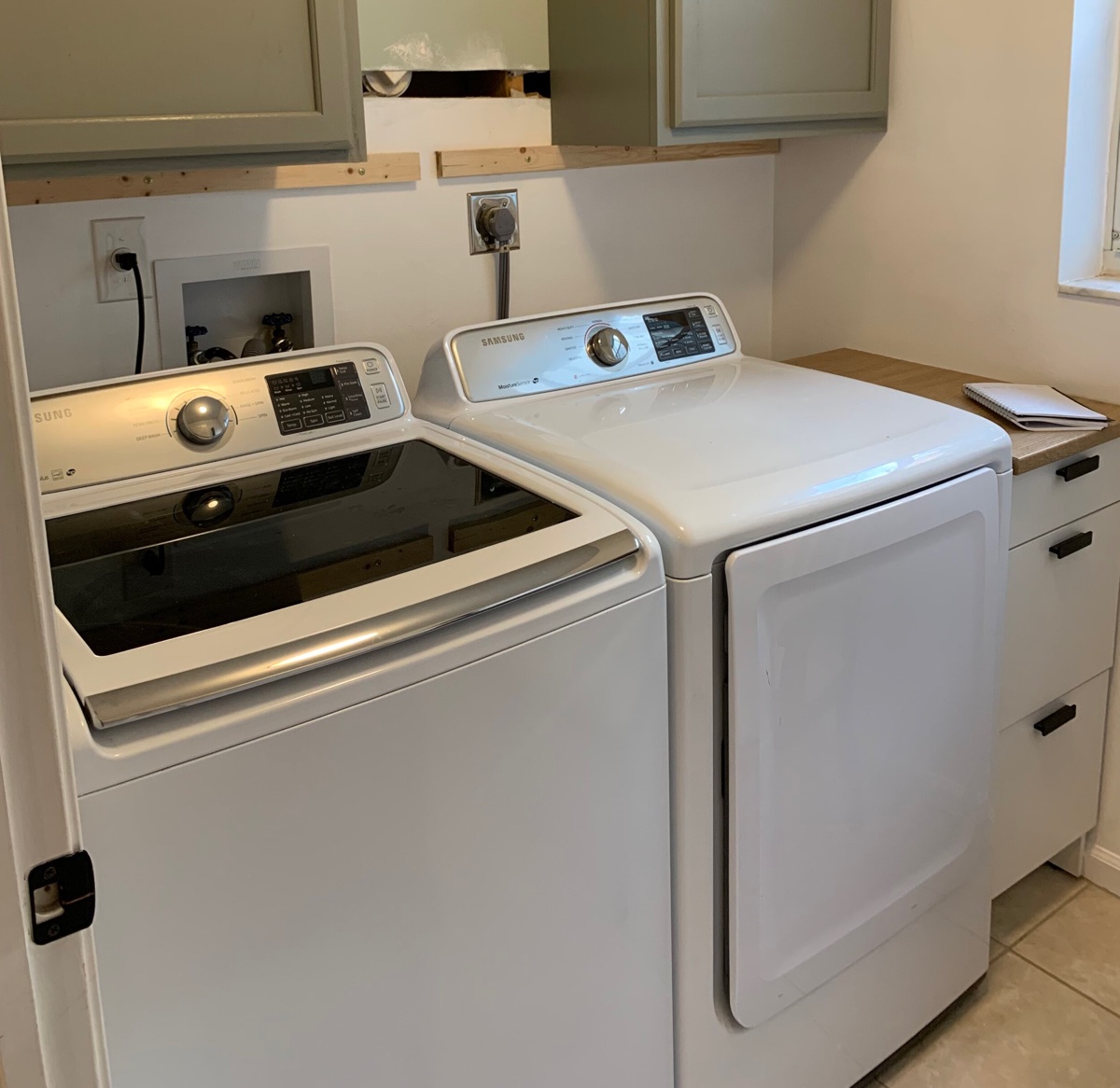
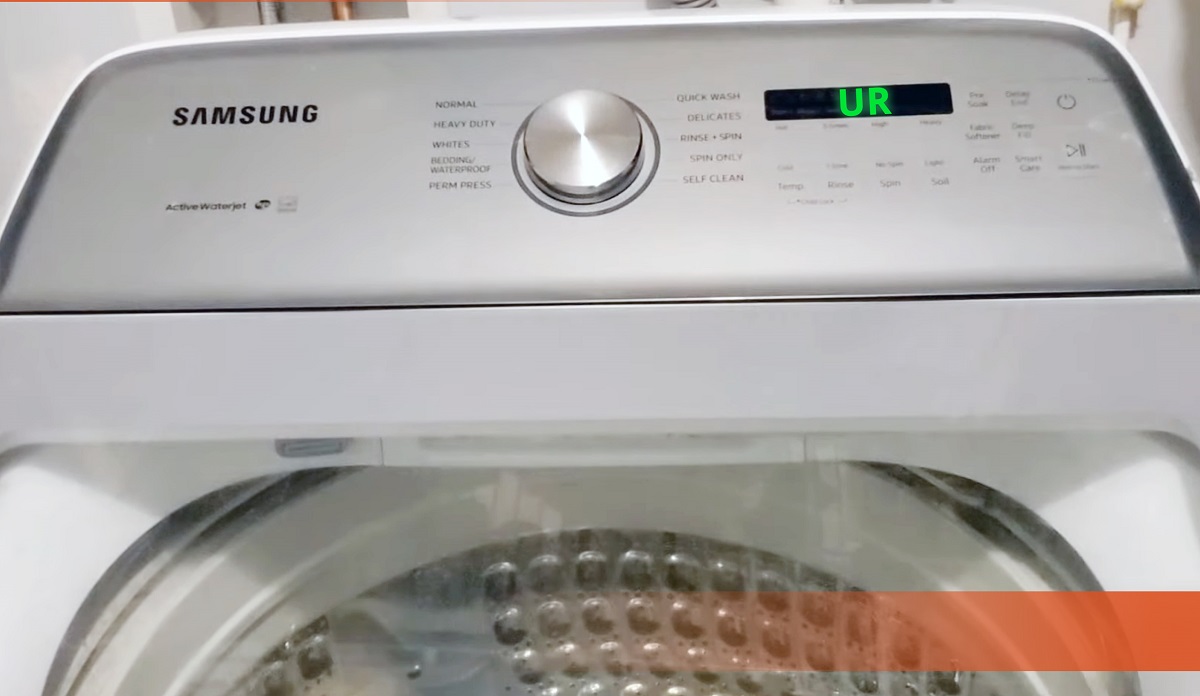
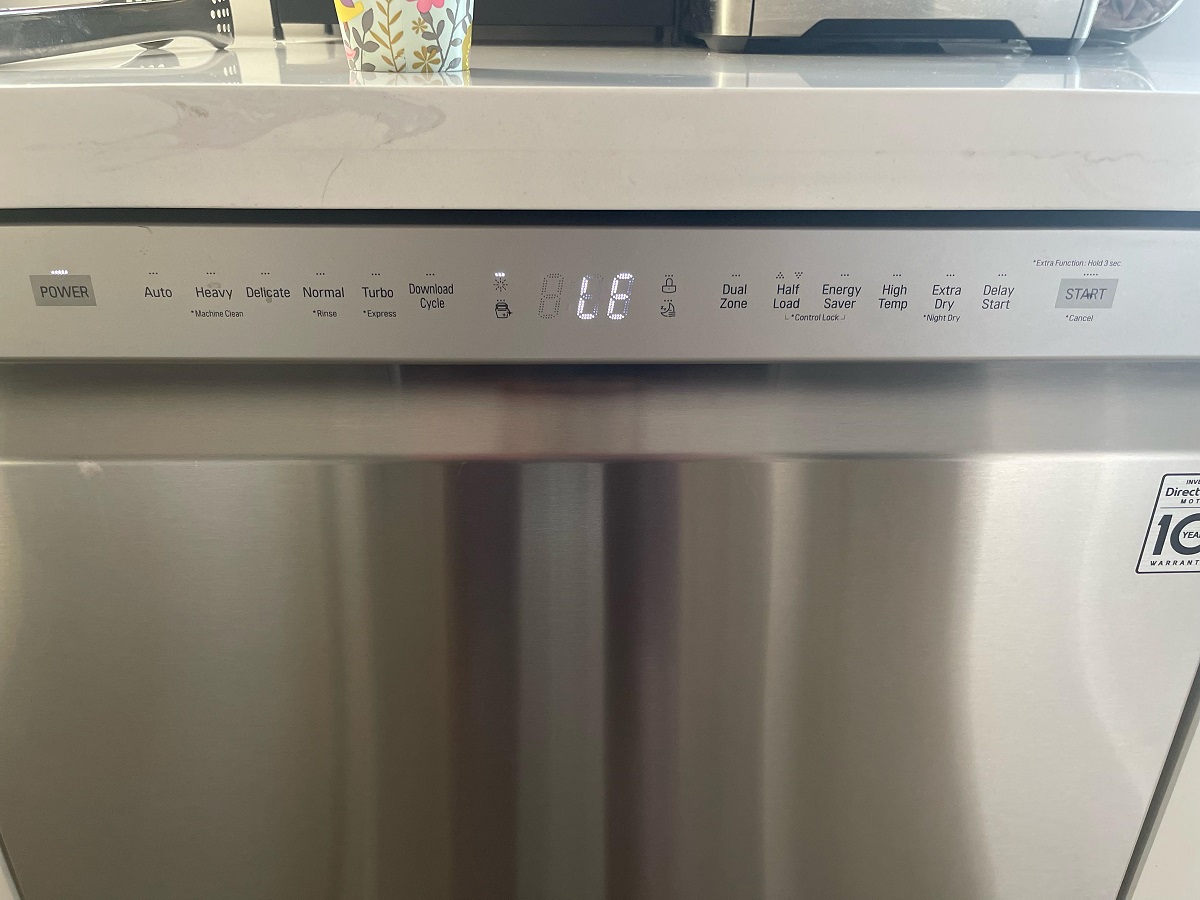
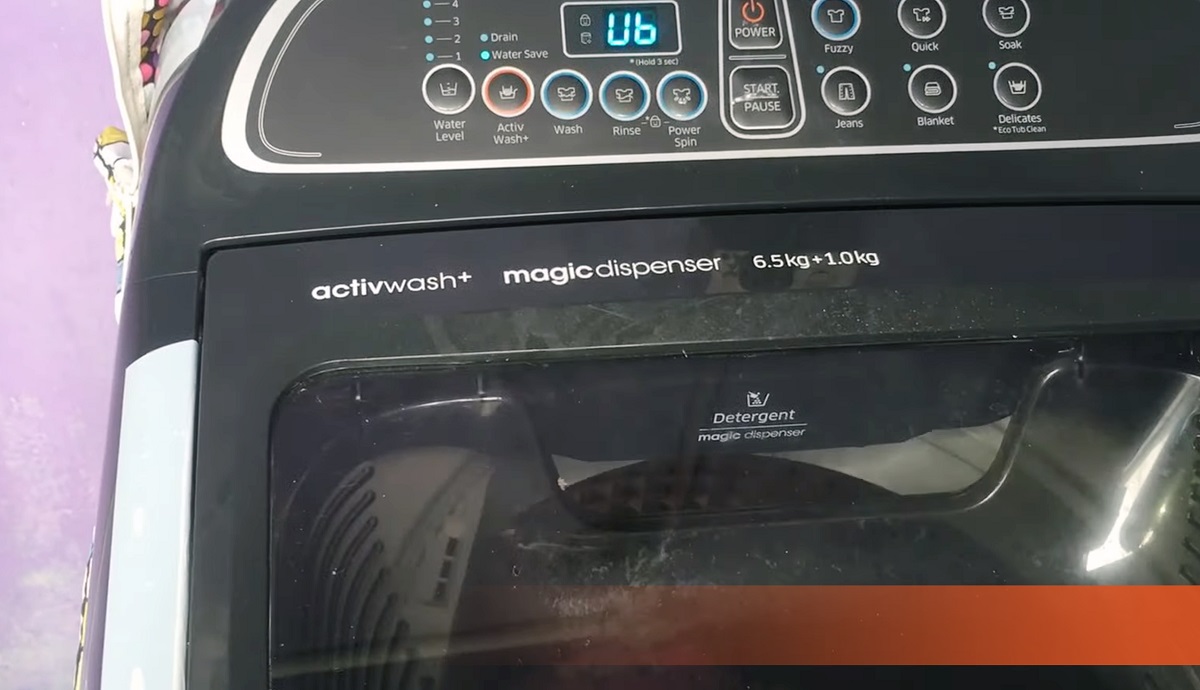
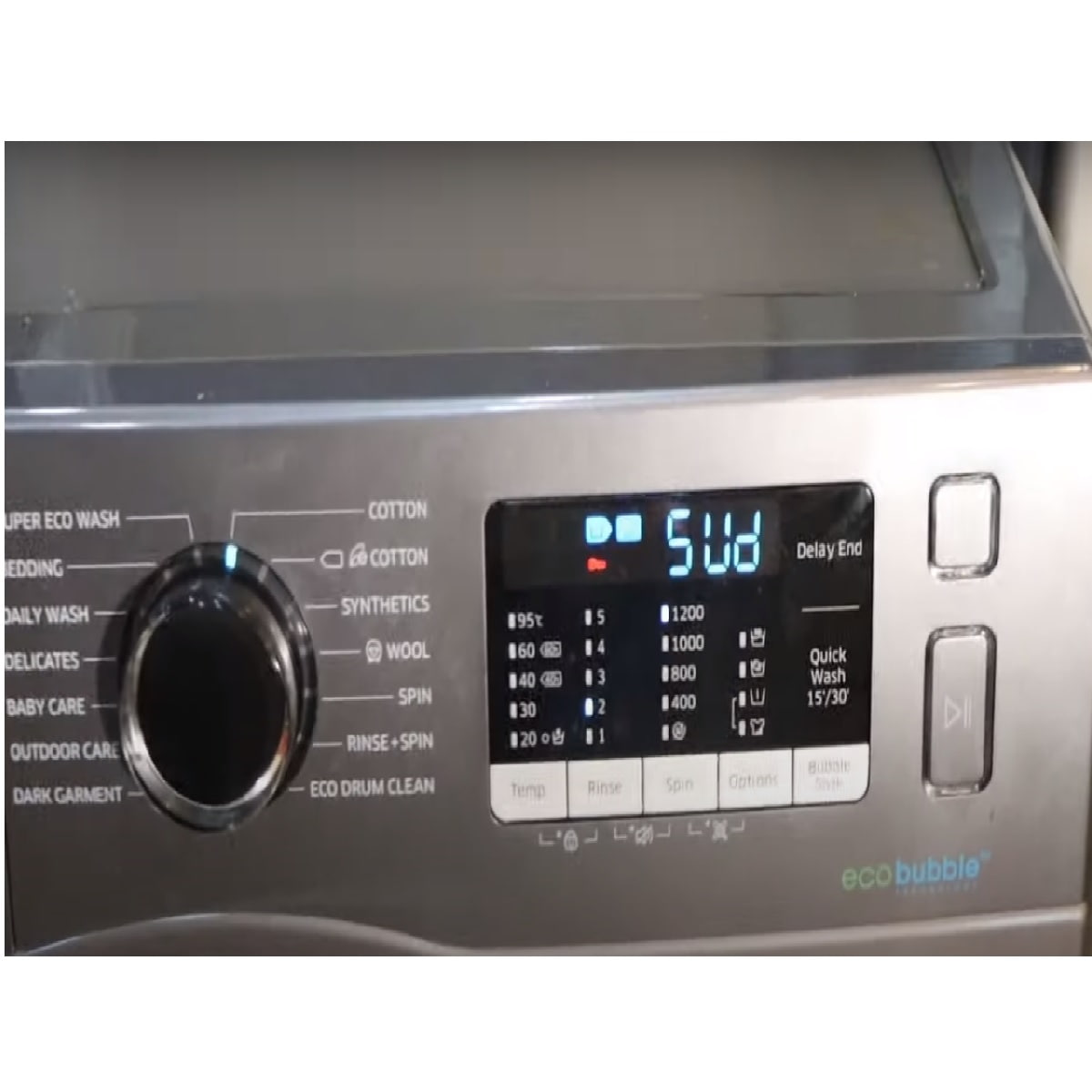
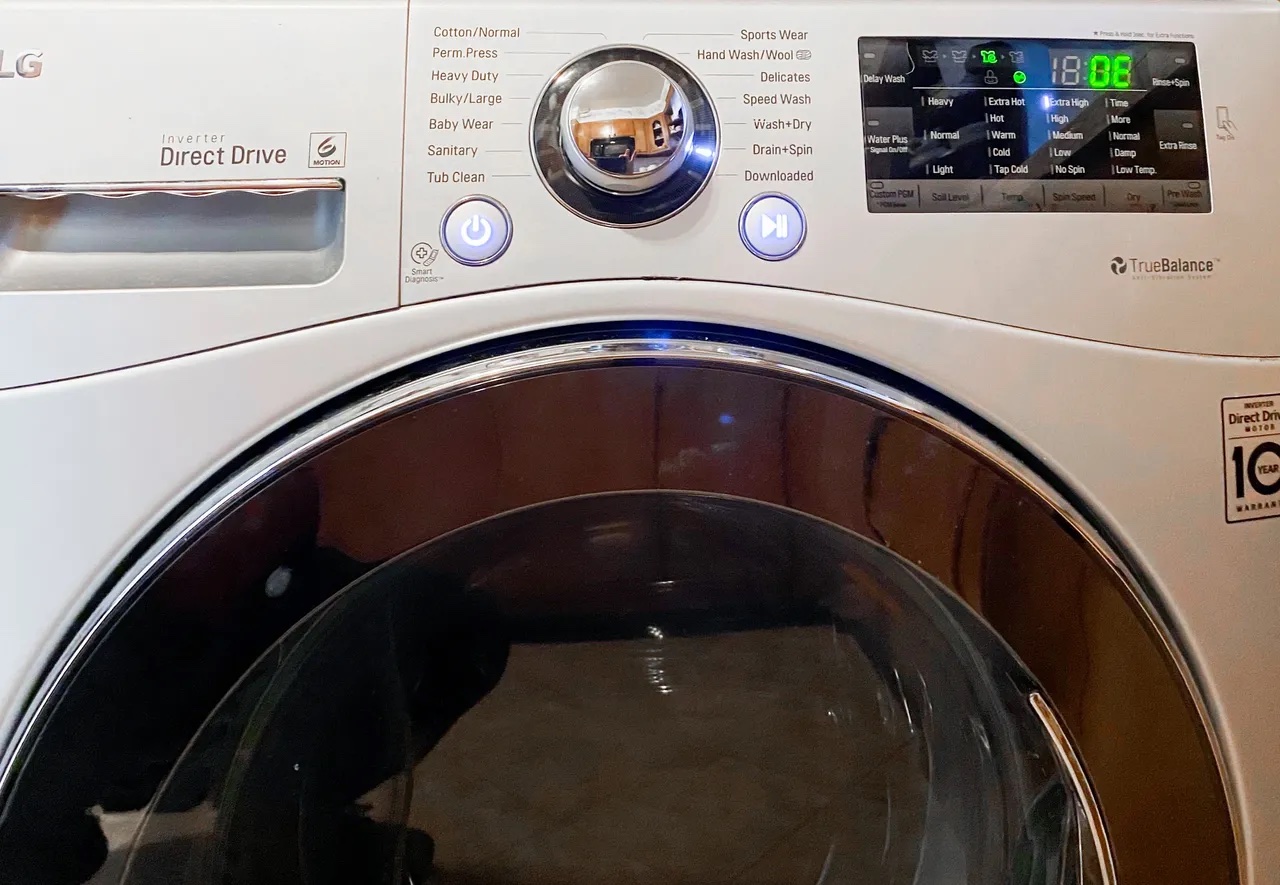
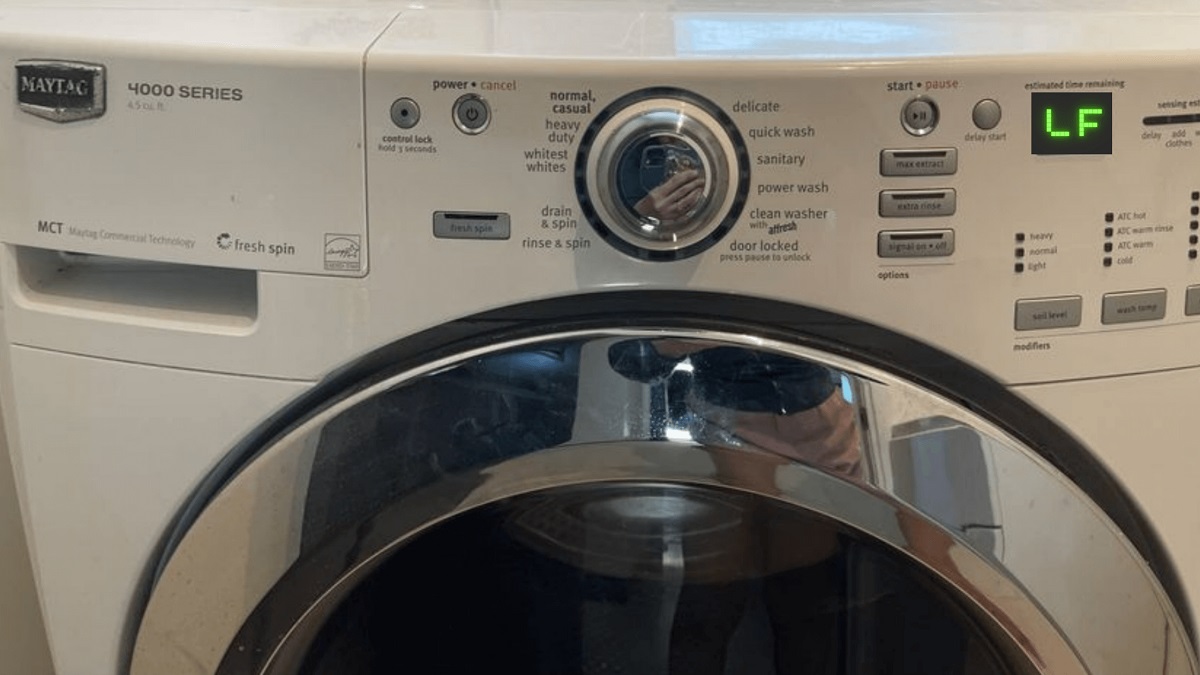
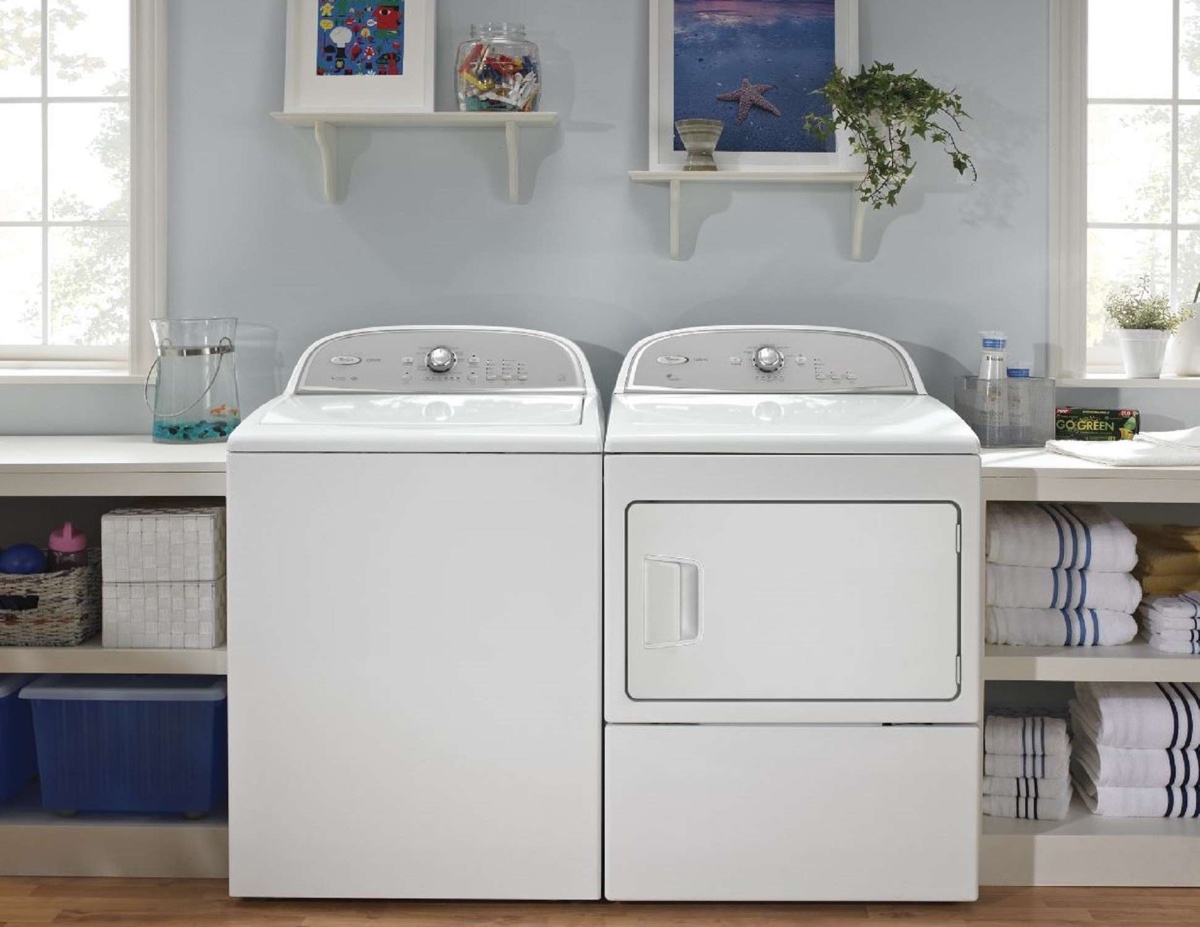
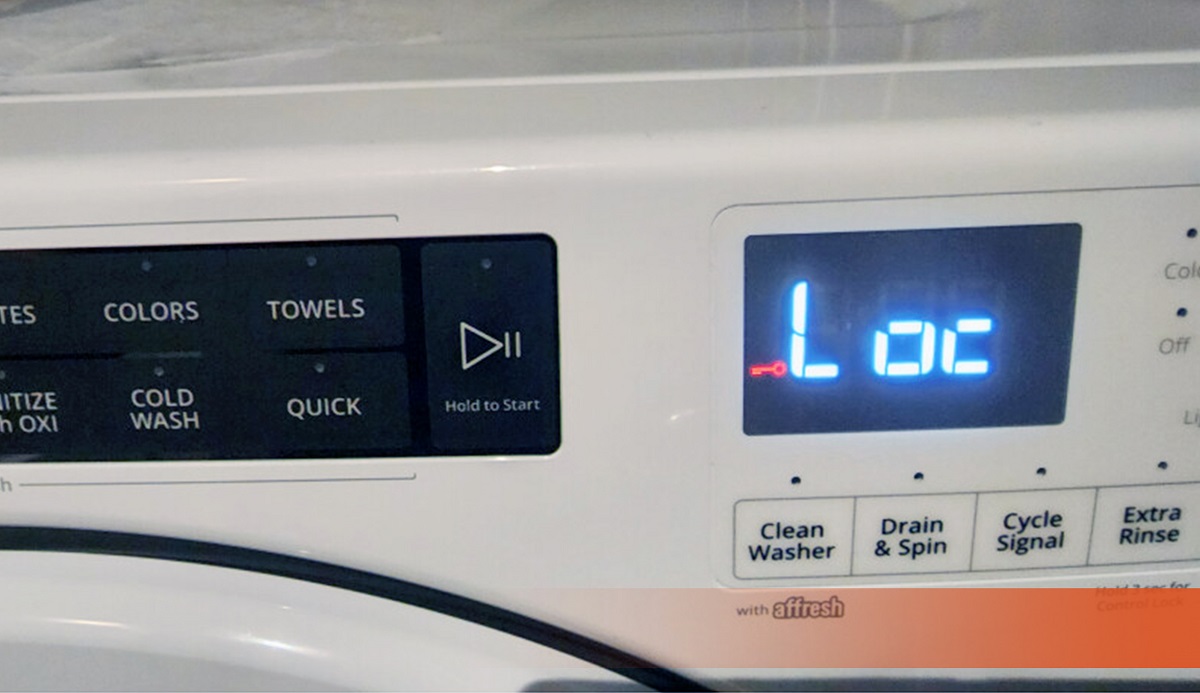

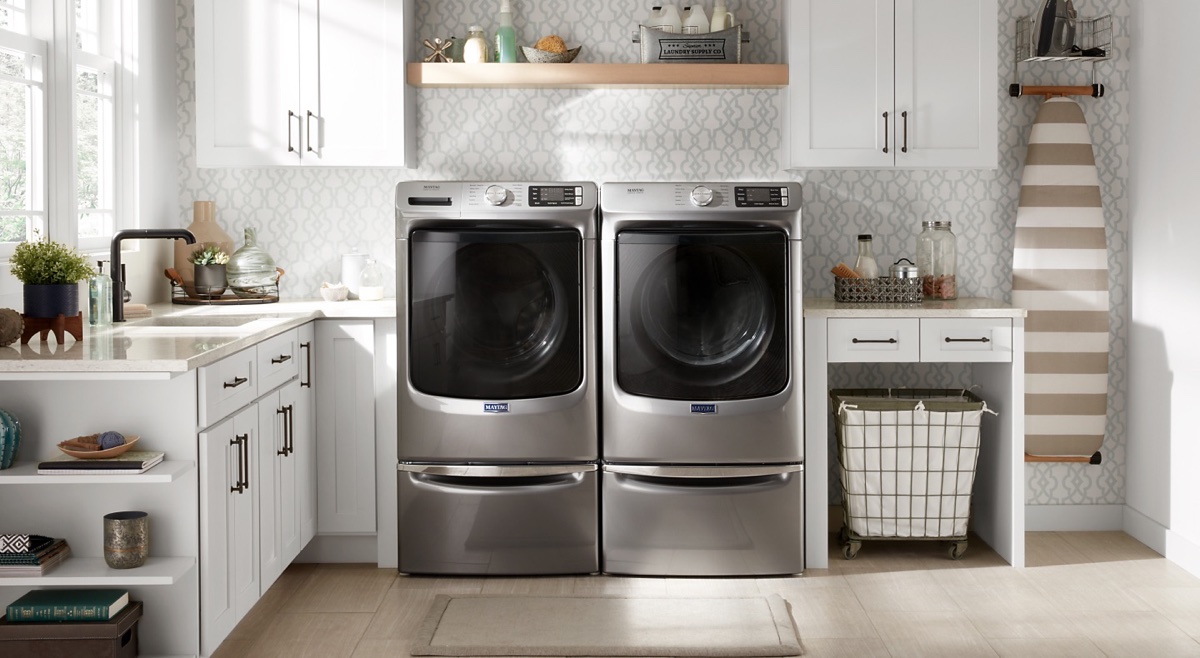

0 thoughts on “What Does Washer Dryer Hookup Mean”